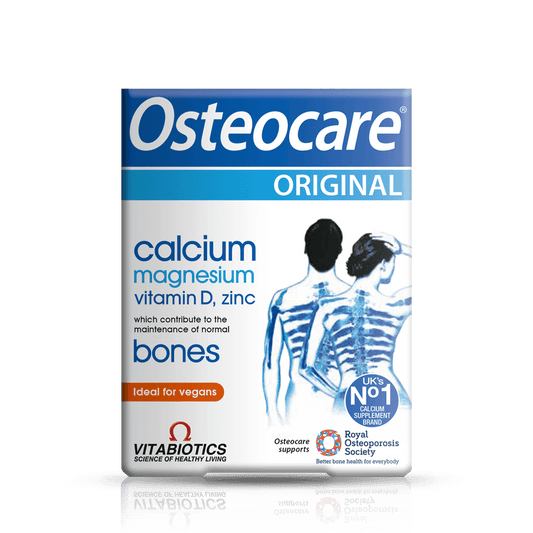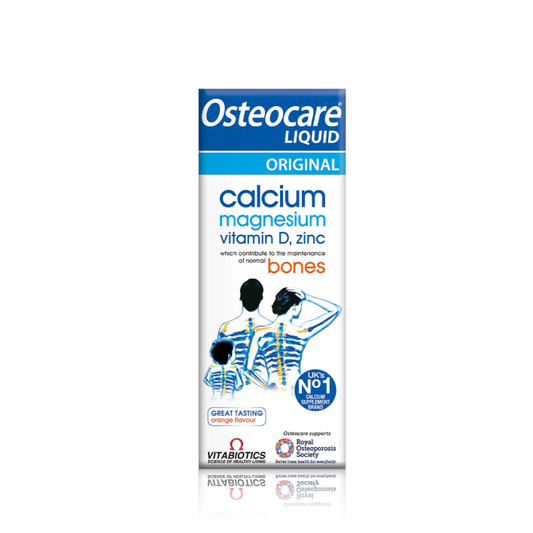Zinc plays key roles in the human body, including catalytic, structural, and regulatory functions. It is a component of over 300 enzymes that participate in protein biosynthesis, carbohydrate and fat metabolism, and energy metabolism. Zinc is essential for the production of hormones, including insulin, and is involved in the stabilization of cell membranes, the sense of taste and smell, and the functioning of the immune system. In the central nervous system, zinc indirectly affects learning, memory, and the regulation of signal transmission.
Zinc requirement in children and adolescents
For children in the initial period of life (1-3 years), the daily requirement for zinc is 2.5 mg. In the later period (4-9 years), it increases to 4 mg and 7 mg (10-12 years). For older girls and boys aged 13-18, the requirement for zinc is 7.3 and 8.5 mg, respectively.
Zinc requirement in adults
The requirement for zinc in adults is 9.4 mg (men) and 6.8 mg (women). In the case of pregnant and breastfeeding women, the daily requirement for zinc is much higher - 9.5 and 10.4 mg, respectively.
Recommended zinc intake - children and adolescents
The recommended daily intake of zinc for children ranges from 3 mg (for children aged 1-3 years) to 5 mg (for the age group of 4-9 years). For boys and girls aged 10-12 years, the recommended daily intake is 8 mg of zinc, while from the age of 13, the recommended doses for boys are the same as for adult men (11 mg). Girls aged 13-18 years are recommended to consume 9 mg of zinc daily.
Recommended Zinc Intake - Adults
The recommended daily intake of zinc is 11 mg for women and 8 mg for women. Breastfeeding women should consume 12 mg of zinc per day, while during pregnancy the recommended daily intake of zinc is 11 mg.
Occurrence of zinc in food
Zinc is found in many foods, and the best sources are animal products such as meat, liver, rennet cheeses, and eggs. Among plant foods, buckwheat and dark bread are good sources. Zinc is better absorbed from animal products than from plant foods, because the presence of phytates and fiber in plant foods can limit its absorption.










